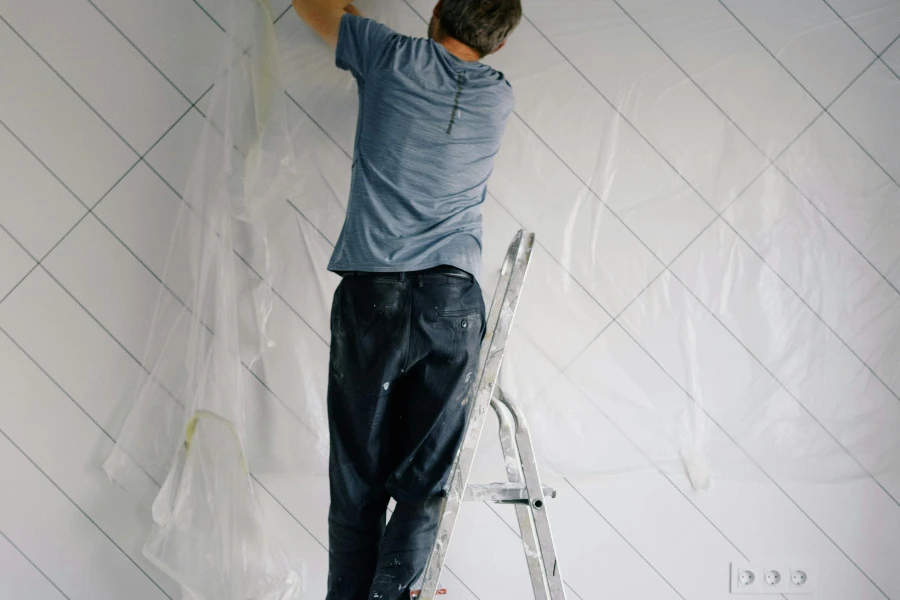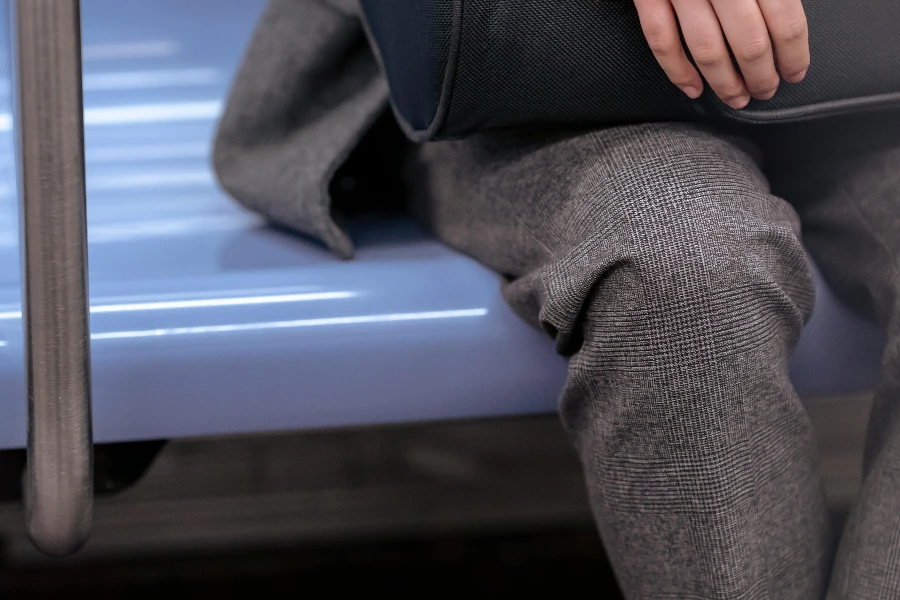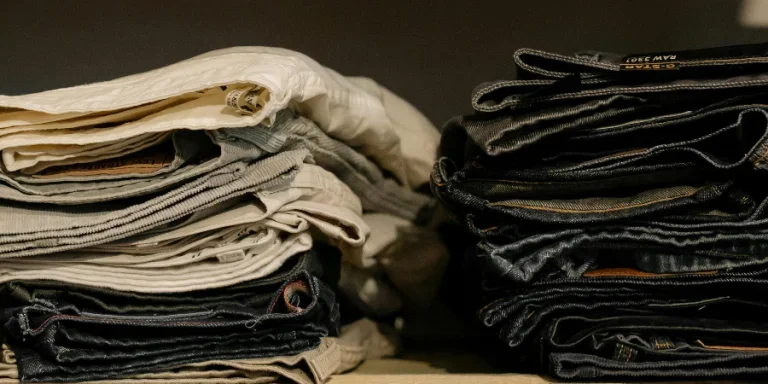Finding the right work pants is essential for any man who values comfort, durability, and style in his workwear. Whether you’re working in construction, an office, or outdoors, the right pair of work pants can make all the difference in your daily comfort and performance. This guide will explore key aspects of work pants for men, helping you make an informed decision for your next purchase.
Table of Contents:
1. Materials and durability
2. Comfort and fit
3. Style and versatility
4. Technical features
5. Care and maintenance
Materials and durability

When it comes to work pants, the material is a critical factor that determines durability and suitability for different work environments. Most work pants are made from materials such as cotton, polyester, nylon, and blends of these fabrics. Each material has its own set of advantages and disadvantages.
Cotton is a popular choice due to its breathability and comfort. It’s particularly suitable for indoor or moderate outdoor work environments. However, pure cotton may not be as durable as synthetic materials and may wear out faster under heavy use.
Polyester and nylon are known for their durability and resistance to abrasion. These materials are ideal for more demanding work environments where pants are subjected to a lot of wear and tear. Additionally, synthetic fabrics often offer better resistance to stains and moisture, making them easier to clean and maintain.
Blended fabrics combine the best qualities of both natural and synthetic materials. For instance, a cotton-polyester blend can offer the comfort of cotton with the durability and quick-drying properties of polyester. This makes blended fabrics a versatile choice for a wide range of work conditions.
Comfort and fit

Comfort and fit are crucial when selecting work pants, as they directly impact your productivity and comfort throughout the day. The right fit ensures that you can move freely and perform your tasks without any hindrance.
Work pants typically come in various fits such as slim, regular, and relaxed. Slim fit pants offer a more modern, streamlined look but may restrict movement if not designed properly. Regular fit pants provide a balance between comfort and style, making them suitable for most body types. Relaxed fit pants offer the most room and are ideal for activities that require a lot of bending, crouching, or kneeling.
In addition to the fit, the waistband and closure systems also play a significant role in comfort. Many work pants feature adjustable waistbands, allowing for a customizable fit. Some also include elastic inserts for added flexibility. Closure systems can vary from traditional buttons and zippers to more modern hook-and-loop or snap closures, each offering different levels of convenience and security.
Pockets are another important feature that contributes to the functionality of work pants. Consider the number, size, and placement of pockets to ensure they meet your needs. Some work pants also come with reinforced pockets and tool loops, which are particularly useful for tradesmen and craftsmen.
Style and versatility

While functionality is key, the style of work pants should not be overlooked. Modern work pants are designed to offer a blend of practicality and style, making them suitable for both work and casual wear.
Cargo pants are a popular style due to their numerous pockets, which provide ample storage for tools and personal items. They are particularly favored in trades where carrying various small items is necessary. Despite their utilitarian look, modern cargo pants can be quite stylish and are available in a range of colors and fits.
Chino work pants offer a more polished appearance, suitable for both office and fieldwork. They are typically made from lightweight yet durable materials, making them comfortable to wear throughout the day. Chinos can be paired with a wide range of work shirts and footwear, making them a versatile addition to any work wardrobe.
Jeans remain a classic choice for many due to their durability and timeless style. Work jeans are often reinforced with features like double stitching, rivets at stress points, and heavier denim fabric. This makes them suitable for a variety of work environments, from casual office settings to rugged outdoor jobs.
Technical features

Modern work pants often come equipped with a range of technical features designed to enhance their functionality and durability. Understanding these features can help you choose the right pair for your specific needs.
Moisture-wicking technology is one such feature, which helps keep you dry and comfortable by drawing sweat away from your skin. This is particularly beneficial in hot and humid environments where staying dry can significantly improve comfort and reduce the risk of skin irritation.
Reinforced knees and seat areas are another important feature to look for, especially if your job involves a lot of physical activity. These reinforcements typically use extra layers of fabric or durable materials like Cordura to extend the life of your pants in high-wear areas.
Some work pants also include built-in knee pad pockets, which allow you to insert protective padding without the need for external straps. This can be a great advantage for jobs that require a lot of kneeling, providing added comfort and protection for your knees.
Care and maintenance

Proper care and maintenance can significantly extend the life of your work pants, ensuring they remain in good condition even after extensive use. Different materials and features may require specific care instructions, so it’s important to follow the manufacturer’s guidelines.
For cotton and cotton-blend pants, machine washing with cold water and a mild detergent is usually recommended. Avoid using bleach or harsh chemicals, as these can weaken the fabric fibers and reduce the lifespan of your pants. Tumble drying on a low setting or air drying is typically best to prevent shrinkage.
Synthetic materials like polyester and nylon are generally more resilient and can handle higher washing and drying temperatures. However, it’s still advisable to use a gentle cycle and avoid over-drying, which can cause the fabric to become brittle over time.
Stain-resistant treatments and durable water repellent (DWR) coatings can lose their effectiveness over time. To maintain these features, you may need to reapply treatments according to the manufacturer’s instructions. This will help ensure your work pants continue to repel stains and moisture, keeping them looking and performing their best.
Conclusion
Choosing the right work pants for men involves considering various factors such as materials, comfort, style, technical features, and care. By understanding these aspects, you can find a pair that not only meets your work requirements but also offers long-lasting durability and comfort. Investing in high-quality work pants will not only enhance your work performance but also provide greater satisfaction and confidence in your daily tasks.




